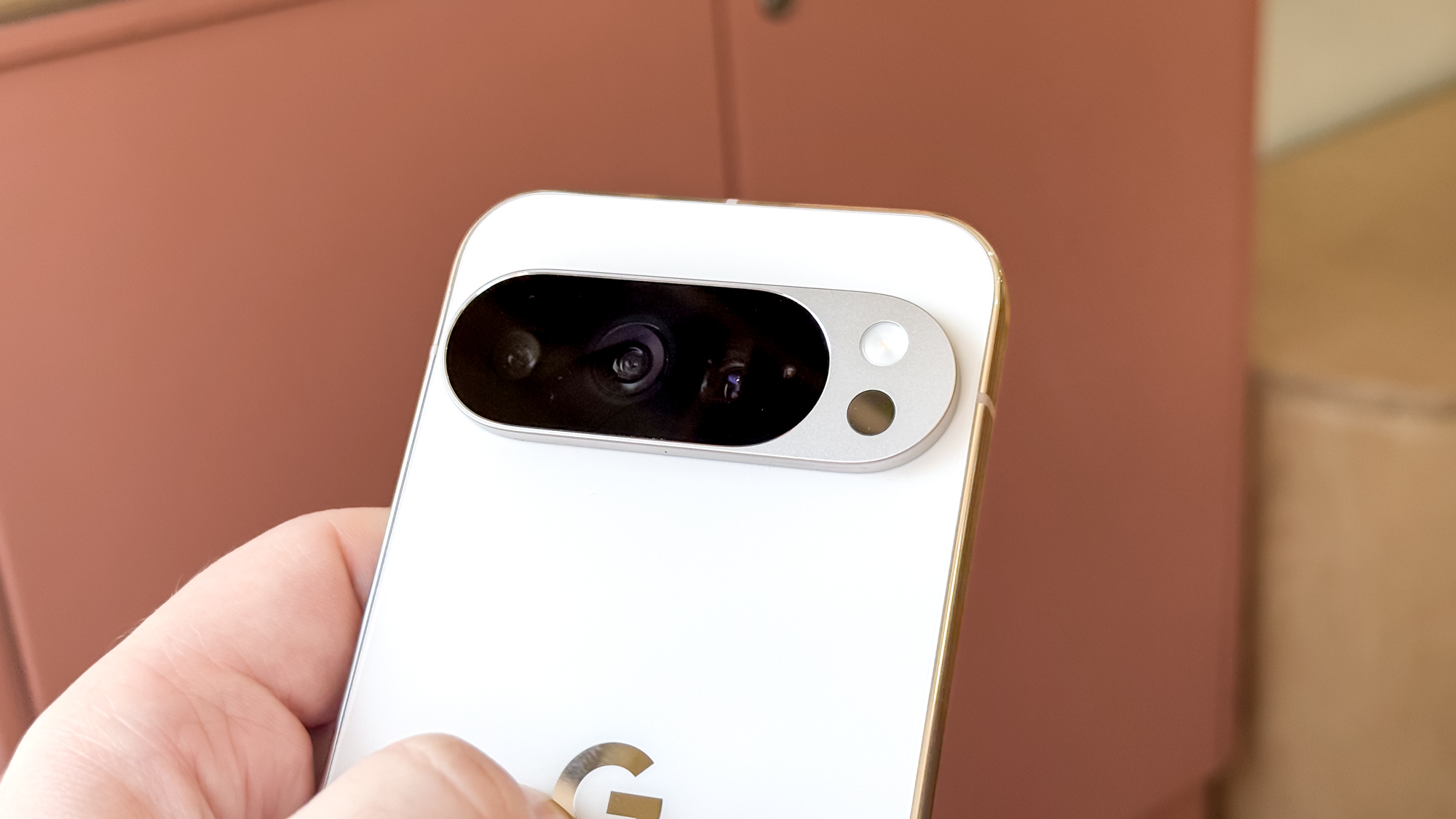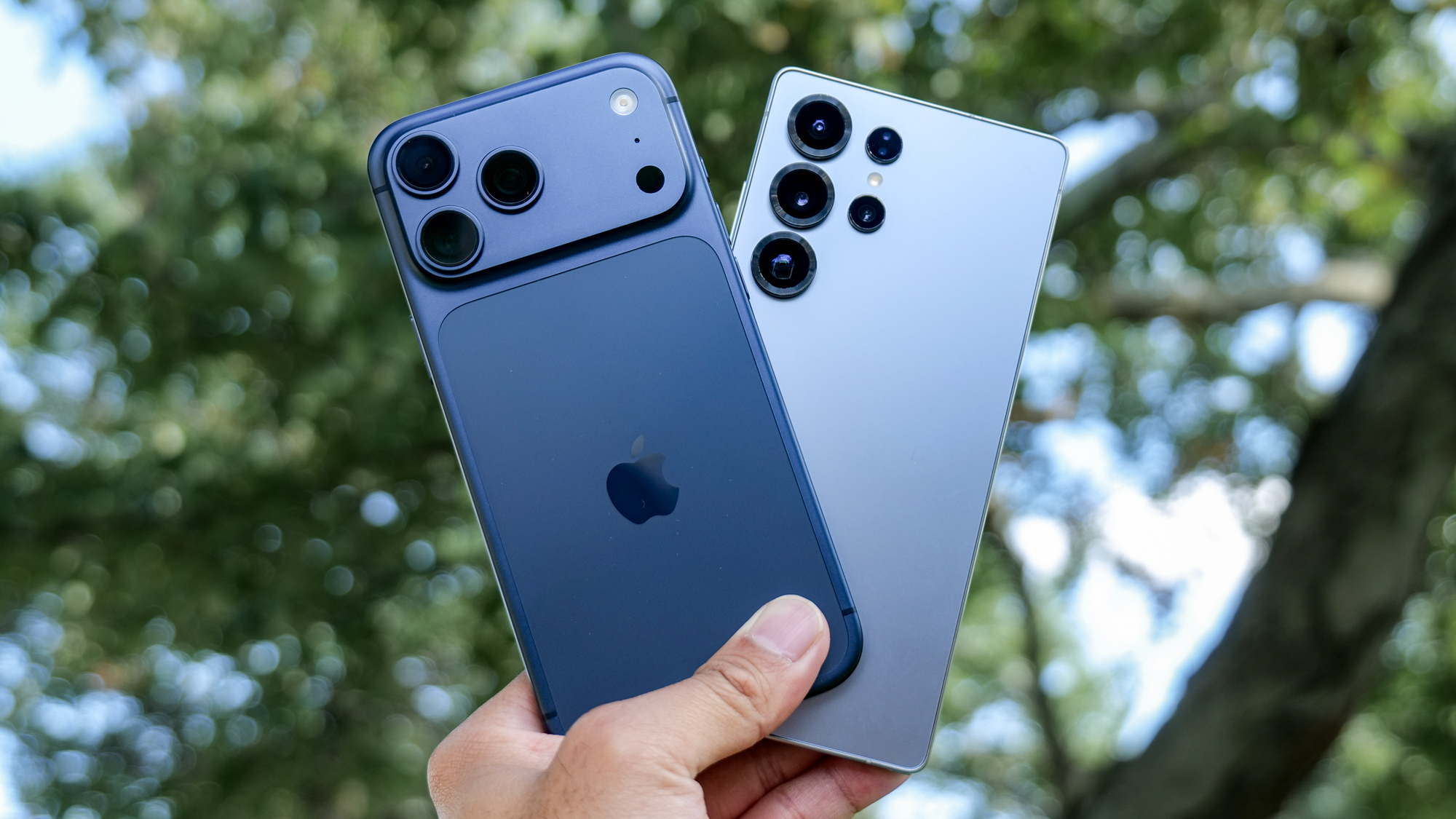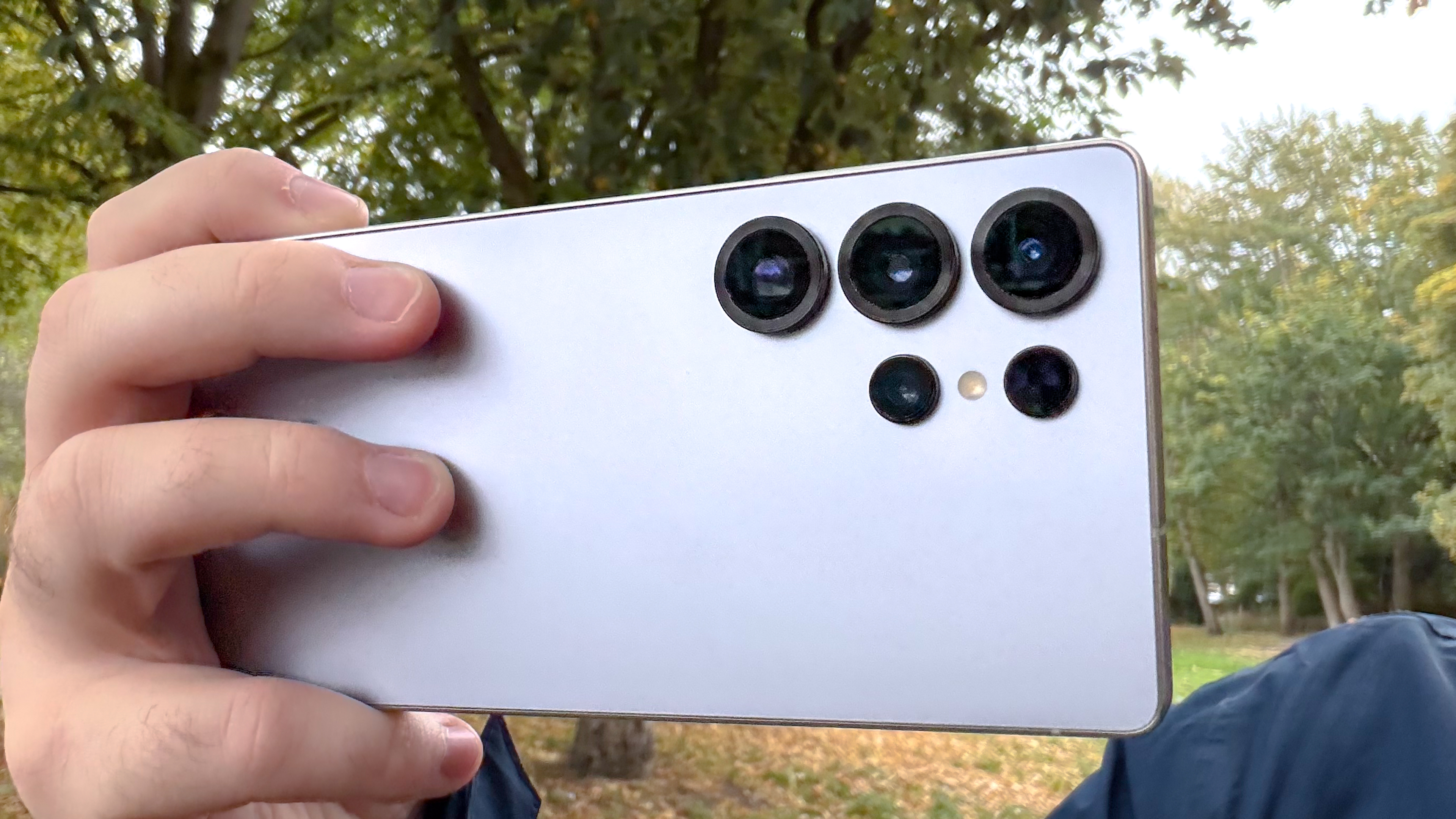Have smartphones gone as far as they can when it comes to cameras? While other aspects of phones see ongoing improvements — especially AI — there’s only so many lenses and megapixels you can pack in to today’s models.
Even the best camera phones are having a hard time making yearly advances. For instance, the Galaxy S25 Ultra features the same 200MP megapixel rating as the Galaxy S23 Ultra, even if Samsung did boost the size of the pixels for the S24 Ultra. It sounds as if next year’s Galaxy S26 Ultra won’t introduce big changes to the main camera, either. Instead, Samsung seems more focused on AI-backed camera improvements.
In fairness, camera phones are a pretty mature product at this point, leaving only so much room for changes. But that doesn’t mean that there aren’t hardware improvements out there that phone makers can adopt.
Why camera hardware changes matter

Hardware only tells part of the story when it comes to camera phone performance. Algorithms and photo processing also play a big role in how your photos look. So you might be tempted to argue that upgraded hardware doesn’t have that big an impact on the output.
But photo processing can only enhance what the hardware can capture. For instance, a camera with a larger sensor can capture more light in the initial photo, allowing the AI to work with a better dynamic range. Meanwhile, having faster lenses allows for brighter images, while having better optics means there are fewer distortions the AI has to fix.
It’s also important to note that AI can stretch the limits of the camera, but it can’t change physics. For instance, the dynamic range of a camera phone will always be limited by the sensor’s full well capacity, which determines how much a pixel can hold before it becomes oversaturated. Low-light performance will also depend on a pixel’s size and the sensor area. Photo-processing can address some limitations, but not all of them.
Personally, I’m less inclined to consider buying or upgrading to a new phone that prioritizes AI improvements over new hardware. Yes, AI can be impressive, but I want to see physical improvements to help justify my purchase.
With that in mind, I decided to reach out to some camera phone experts to find out what they think the future could bring, or if we really have seen the peak of camera improvements.
The experts weigh in

“While the industry is certainly shifting to AI camera technology, something we’ve seen Google popularize with the Pixel series, there’s still a lot more that can be done in terms of camera sensors,” says Bloomberg’s Mark Gurman.
That could include improved telephoto lens with higher zoom capabilities for getting closer to a subject — and “without quality degradation,” according to Gurman.
“The bigger innovation would be as physics gets bent to allow more light to be let into lenses despite shrinking form-factors,” Gurman added. “The other innovation in cameras will be how they will get redesigned to fit into smart glasses and other AI wearables.“

Avi Greengart, president of research firm Techspotential, had a similar thought: “Smartphone imaging is certainly mature — we aren’t in the early megapixel wars anymore, and there is more of an emphasis on improvements in computational photography than the hardware.”
Sensors, optics, camera arrays and signal processing silicon all represent areas of potential innovation, according to Greengart.
“Some of those improvements will be aimed at making the camera bump thinner,” he added. “Some will be about squeezing more telephoto distance into the tiny real estate that a smartphone affords. Some will be about getting more light and color to the sensors.
“I would be shocked if there weren’t hardware changes coming, specifically designed to take advantage of ever-increasing power and AI capabilities of the silicon from Qualcomm, MediaTek, and Apple.”
A bright future — but when?

The ideas presented here are certainly interesting, and the future of cameras doesn’t seem to be set in stone yet. However, that doesn’t mean we’ll see any of these changes anytime soon. Because AI features are in such an early state, there’s more opportunities to innovate there compared to more mature camera hardware.
As a result. phone makers looking to push the envelope on the best camera phones are going to focus on AI and image processing first and foremost. But talking to Gurman and Greengart has convinced me that there’s still room to improve when it comes to camera hardware.
Let us know what you think, including what camera improvements you would like to see in future phones.

Follow Tom’s Guide on Google News and add us as a preferred source to get our up-to-date news, analysis, and reviews in your feeds.
More from Tom’s Guide
Back to Mobile Cell Phones







